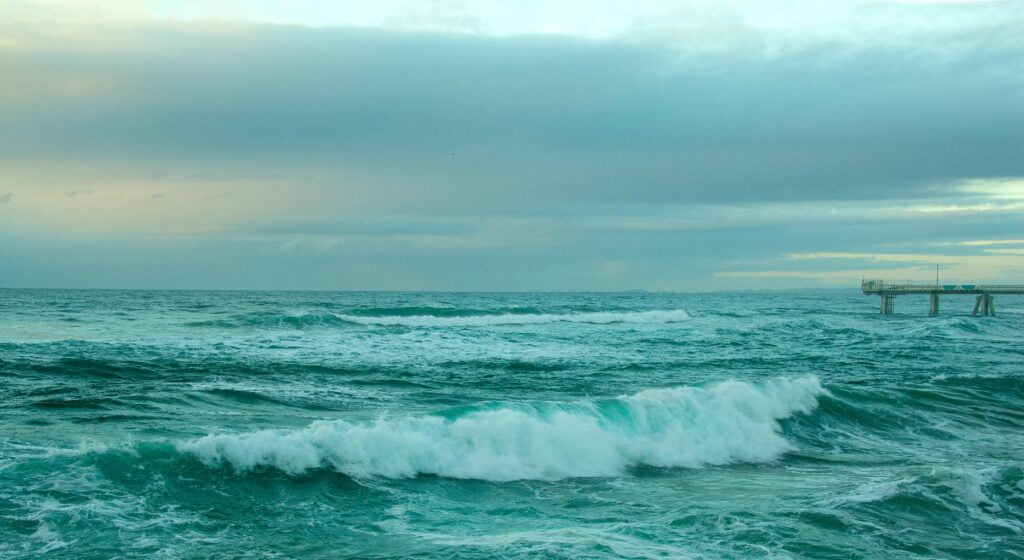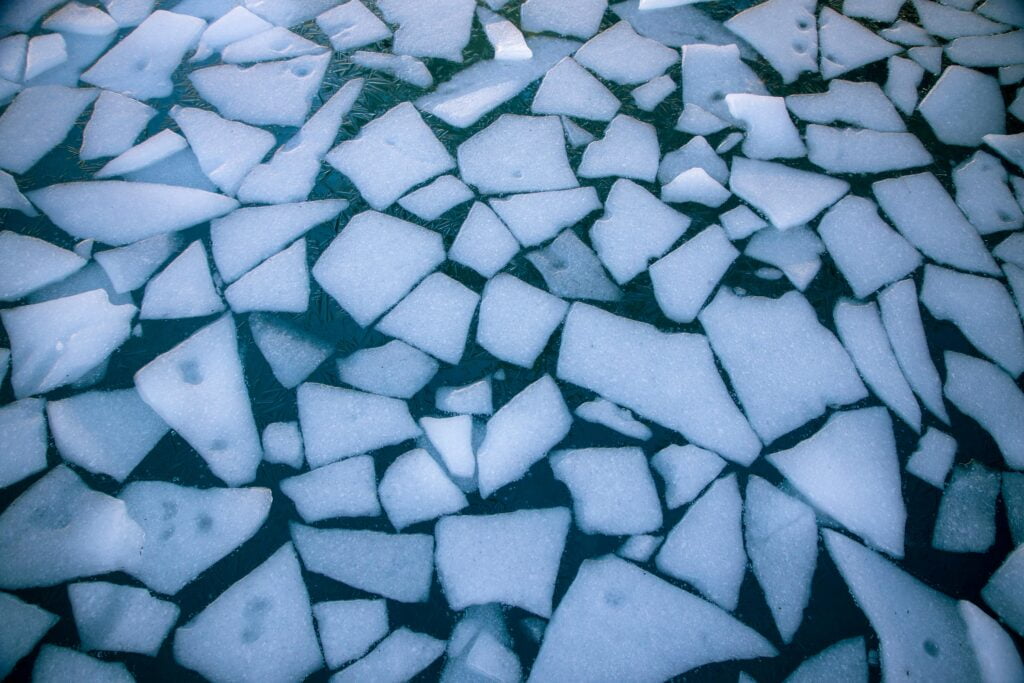
Sea levels around the world have been steadily rising over the past century, and this trend is expected to continue in the coming years. While this may not seem like a pressing issue for those who live far from the coast, the reality is that rising sea levels pose a significant threat to coastal cities and islands.
The Causes of Rising Sea Levels
There are several factors contributing to the rise in sea levels:
- Thermal Expansion: When water heats up, it expands. As global temperatures rise, the world’s oceans absorb some of this heat and expand in volume. This thermal expansion accounts for about half of the observed global sea-level rise.
- Melting of Ice Sheets and Glaciers: As temperatures increase, the polar ice caps, glaciers, and ice sheets in Greenland and Antarctica melt more rapidly than in the past. The meltwater from these sources flows into the world’s oceans and adds to the overall sea level.
Other contributing factors include:
- Loss of Greenland and Antarctic Ice Sheets: These ice sheets are losing mass at an accelerated rate. The ice is melting on the surface from warmer air temperatures and below the ice sheets where warmer ocean waters are eroding them.
- Glacier Retreat: Glaciers around the world, in places like the Himalayas, the Alps, the Rocky Mountains, and Alaska, are melting faster than new ice can form, contributing to rising sea levels.
- Groundwater Depletion: As humans extract groundwater for use, not all of it returns to the water cycle. Some of it ends up in the oceans, contributing to sea-level rise.
- Deforestation of Mangroves: Mangroves help to reduce the amount of water flowing into the sea, but deforestation has led to less water being absorbed and more flowing into the sea.
- Land Ice vs. Sea Ice: When Sea ice melts, it does not contribute to sea-level rise because it is already in the water. However, the melting of land ice such as glaciers does contribute to rising sea levels.
- Tectonic Activity: In some regions, tectonic shifts can lead to local changes in sea level. However, this is a minor factor compared to the global changes driven by temperature-related factors.
- Ocean Currents and Weather Patterns: Changes to ocean currents and weather patterns, often driven by climate change, can affect local sea levels, though these changes are usually temporary.
The Impact on Coastal Cities and Islands
The consequences of rising sea levels for coastal cities and islands are far-reaching and potentially devastating. Here are some of the key impacts:
1. Increased Flooding
One of the most immediate and visible effects of rising sea levels is increased flooding. As the sea levels rise, coastal areas become more prone to storm surges and high tides. This can lead to frequent and severe flooding, damaging infrastructure, homes, and businesses.
2. Erosion and Coastal Retreat
Rising sea levels also contribute to coastal erosion and retreat. As the waves and tides reach further inland, they erode the coastline, washing away beaches and cliffs. This can lead to the loss of valuable land and damage to coastal ecosystems.
3. Saltwater Intrusion
Another significant impact of rising sea levels is the intrusion of saltwater into freshwater sources. As the sea levels rise, saltwater can infiltrate coastal aquifers and contaminate drinking water supplies. This poses a serious threat to the availability of clean water for both humans and ecosystems.
4. Displacement of Communities
Perhaps the most heartbreaking consequence of rising sea levels is the displacement of communities. As coastal areas become uninhabitable due to flooding and erosion, people are forced to leave their homes and seek refuge elsewhere. This can lead to social, economic, and psychological challenges for those affected.
Adapting to Rising Sea Levels
While the threat of rising sea levels is daunting, there are steps that can be taken to adapt and mitigate the impacts. Here are some strategies:
1. Coastal Defense Measures
Building seawalls, levees, and other coastal defense structures can help protect coastal cities and islands from flooding and erosion. These structures act as a barrier against rising sea levels and can buy time for communities to adapt and implement long-term solutions.
2. Sustainable Urban Planning
Adopting sustainable urban planning practices can help minimize the impact of rising sea levels. This includes constructing buildings on stilts or elevated platforms, creating green spaces to absorb excess water, and implementing efficient drainage systems.
3. Protecting Coastal Ecosystems
Preserving and restoring coastal ecosystems such as mangroves, salt marshes, and coral reefs can provide natural protection against rising sea levels. These ecosystems act as buffers, absorbing wave energy and reducing the risk of erosion and flooding.
4. International Cooperation
Addressing the issue of rising sea levels requires global cooperation. Countries must work together to reduce greenhouse gas emissions, mitigate climate change, and support vulnerable coastal communities. International agreements and funding mechanisms can play a crucial role in this process.
In conclusion, rising sea levels pose a grave threat to coastal cities and islands, leading to severe consequences like flooding, erosion, and community displacement. Yet, through proactive measures such as coastal defense, sustainable planning, ecosystem protection, and global collaboration, we can effectively adapt and mitigate these impacts. The time to act is now, safeguarding our coastal communities and preserving the richness of our coastal ecosystems for generations to come.






